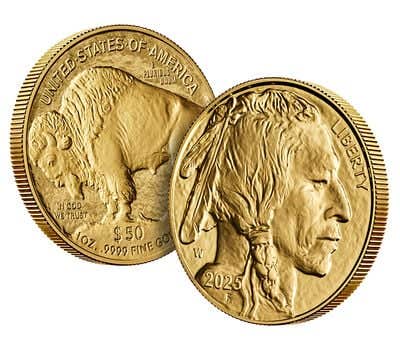Viewpoint: Coin conservation has its place
With regard to the definition of coin doctoring, P.M. deLaubenfels and I are in agreement that coin conservation is not fraudulent coin doctoring. Conservation may be essential to remove contaminants and prevent further deterioration of a coin. What I meant to suggest is, there may still be room for confusion about exactly what is or is not coin doctoring versus coin conservation.
By Gregory Kipp
With regard to the definition of coin doctoring, P.M. deLaubenfels and I are in agreement that coin conservation is not fraudulent coin doctoring. Conservation may be essential to remove contaminants and prevent further deterioration of a coin. What I meant to suggest is, there may still be room for confusion about exactly what is or is not coin doctoring versus coin conservation.
deLaubenfels suggests the question hinges on whether the act involves “malicious intent to defraud.” But we know people alter coins without fraudulent intent. F. Michael Fazzari in his Nov. 22 article mentions it was once acceptable in some circles to tool large coppers to improve their appearance. In my book, this is coin doctoring, regardless the motivation. Also, because the intent of the maker may not always be known, the definition can’t rely on a determination of fraudulent intent to make a finding that coin doctoring has occurred.
It seems to me coin conservation is coin doctoring (except when the process doesn’t affect the original material of the coin, such as removal of surface contaminants). But it is necessary coin doctoring to stabilize a coin’s condition. In my experience, buyers of conserved coins are usually aware the coins have been conserved. If not, they probably should be.
In order to arrive at an acceptable definition of coin doctoring, perhaps it is also necessary to define coin conservation. The two definitions together would clearly delineate the dividing line between them. As my first cut of such a definition, how about: “Coin conservation is the removal of contaminants and prevention of further deterioration of a coin. Buyers of conserved coins are always to be made aware conservation techniques have been applied to the coin.”
This Viewpoint was written by Gregory Kipp, a hobbyist who is from Santa Rosa, Calif. Viewpoint is a forum for the expression of opinion on a variety of numismatic subjects. The opinions expressed here are not necessarily those of Numismatic News. To have your opinion considered for Viewpoint, write to David C. Harper, Editor, Numismatic News, 700 E. State St., Iola, WI 54990. Send email to david.harper@fwmedia.com.
More Coin Collecting Resources:
• Subscribe to our Coin Price Guide, buy Coin Books & Coin Folders and join the NumisMaster VIP Program









